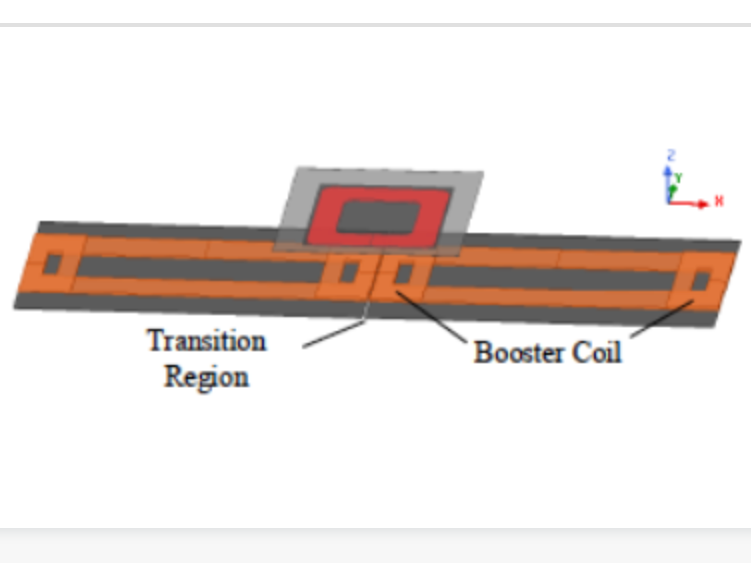Zero-Crossing Current Detection in Wireless Transfer Systems
The technology is a novel control scheme for in-road wireless inductive power transfer pads for dynamic charging of electric vehicles, simplifying the coupling of road and vehicle inductive coils required for charging.
Problem
Dynamic, wireless charging is an emerging method for electric vehicle charging which uses wire coils embedded in a roadway to charge vehicles in motion. Vehicle-roadway communication systems in early embodiments have issues associated with vehicle detection, synchronization of charging coils, and the possibility of cascading component failures.
Solution
The technology presents a simple vehicle-roadway communication system in which all the information needed to control the system is contained in a single current. A small current flow in a vehicle’s inductor generates a magnetic field detectable by the roadway inductors. The roadway coils power on individually when triggered by an approaching vehicle’s signal, then power off when the vehicle has passed. Each roadway coil synchronizes only with vehicles and not with other roadway coils.
Benefits
The technology simplifies the coupling of the primary and secondary inductors by reducing the number of components and signals required for operation. It eliminates both the need for external synchronization or communication systems and the possibility of cascading failures in roadway charging coils.It could reduce installation and maintenance costs of roadway charging equipment compared to previous embodiments of dynamic wireless charging.
Applications
The technology could be used wherever dynamic wireless charging is to be implemented. This technology should make dynamic wireless charging more attractive and more feasible to implement in public roadways, city bus routes, and at taxi stands.

Contact
Questions about this technology including licensing availability can be directed to:
Alan Edwards, MA, JD
Manager, Technology Transfer Services
(435) 797-2328 alan.edwards@usu.edu
Inteum ID C21002
Inventors
Regan Zane, Ph.D.,
Electrical & Computer Engineering
Abhilash Kamineni, Ph.D.,
Electrical & Computer Engineering
Development Stage
TRL 2

